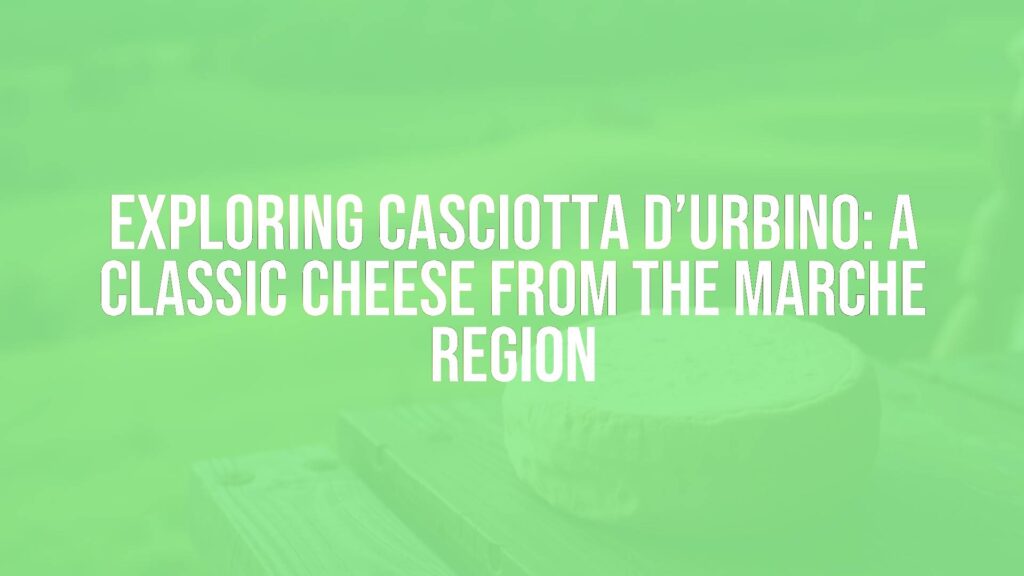Introduction to Casciotta d’Urbino
Casciotta d’Urbino is a celebrated Italian cheese hailing from the picturesque hills of the Marche region, particularly around the province of Pesaro and Urbino. Renowned for its mild flavor and creamy texture, this semi-soft cheese has earned Protected Designation of Origin (PDO) status, highlighting its deep-rooted local significance and traditional production methods.
What Distinguishes Casciotta d’Urbino?
Unlike many Italian cheeses, Casciotta d’Urbino is made from a unique blend of sheep’s and cow’s milk, typically containing around 70-80% sheep’s milk and 20-30% cow’s milk. This combination imparts a mild, slightly tangy taste complemented by a smooth, buttery mouthfeel. The rind is thin and pale, while the interior is a straw-yellow, dense paste with small, irregular holes throughout. Its gentle character makes it appealing to a wide range of palates.
A Glimpse into Its Heritage
The history of Casciotta d’Urbino dates back to at least the 16th century and is steeped in regional tradition. It was reputedly a favorite of Michelangelo, who even owned farmland in the area to secure a steady supply of this cheese. Production remains much as it was centuries ago, with shepherds adhering to processes passed down through generations. This enduring legacy underscores the cheese’s status as a symbol of local identity in the Marche.
How Casciotta d’Urbino is Crafted
While specifics vary by producer, the cheese is crafted by gently heating fresh milk, adding rennet, and curdling the mixture. The curds are placed into traditional basket molds (“fiscelle”), which give the cheese its characteristic shape and imprinted surface. After salting, Casciotta d’Urbino is aged for a minimum of 20 days, resulting in its signature soft texture and delicate bouquet. The process is carried out under the careful oversight of PDO regulations to ensure authenticity.
Enjoyment and Culinary Uses
Casciotta d’Urbino holds a cherished place on Italian tables, especially as part of antipasto spreads. Its subtle flavor profile makes it an excellent companion for rustic breads, young red wines, or crisp white varieties. The cheese melts beautifully, making it suitable for topping over polenta, vegetables, or integrating into stuffed pasta.
In the Marche, it’s often served sliced with cured meats, olives, or seasonal fruits. Locals also appreciate it paired with the region’s notable white truffles or drizzled with honey, which enhances its gentle nuances.
Cultural Significance and Traditions
Beyond its delicious qualities, Casciotta d’Urbino is integral to regional festivities, especially during spring and Easter. It’s commonly gifted or enjoyed with family, upholding a culinary bond that ties present-day communities to the area’s pastoral heritage. The cheese is a source of pride for producers and locals alike, celebrated at food fairs and recognized for promoting the distinct flavors of the Marche landscape.
Serving Recommendations
To fully appreciate Casciotta d’Urbino’s characteristics, it is best enjoyed at room temperature. Slice it thick and serve alongside crusty bread, nuts, or sweet figs. For an authentic touch, pair it with local wines such as Verdicchio or Bianchello del Metauro. Its subtle taste also pairs well with fresh herbs and light salads, providing a delightful, understated addition to any cheese board.

